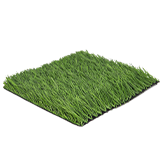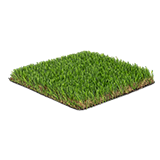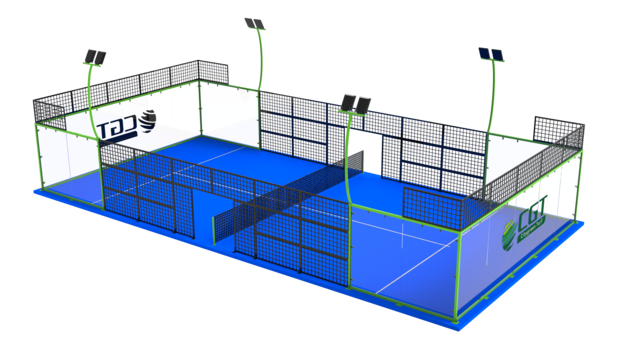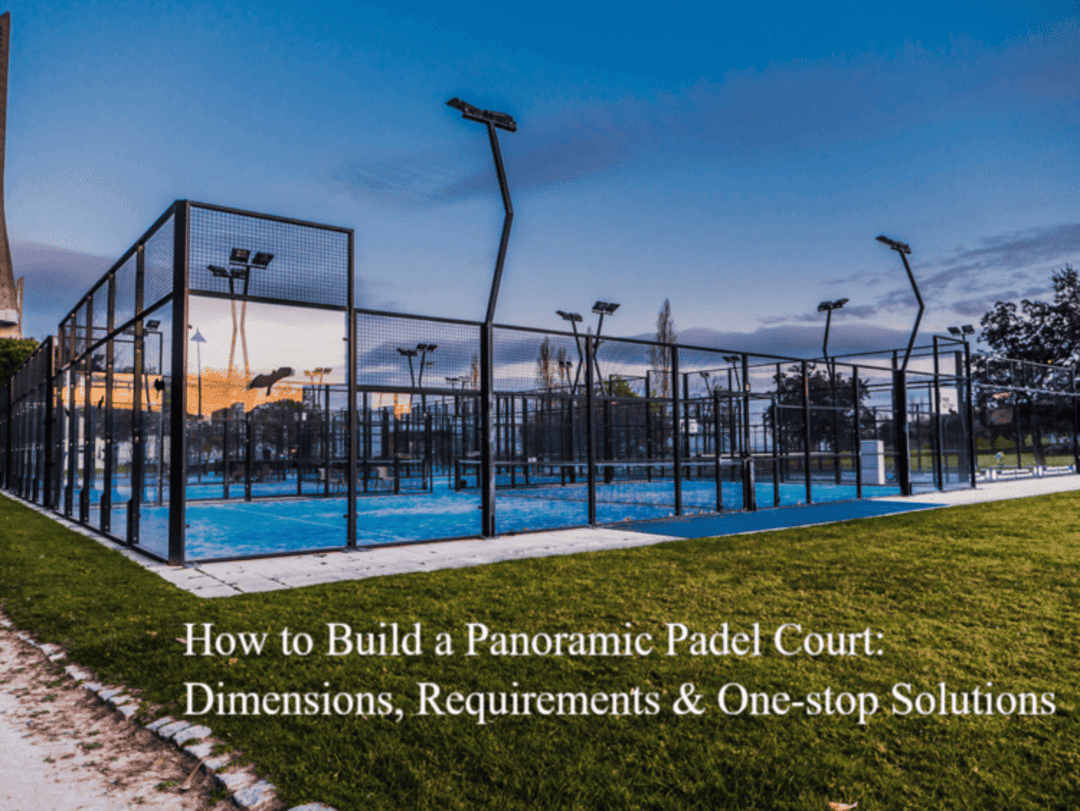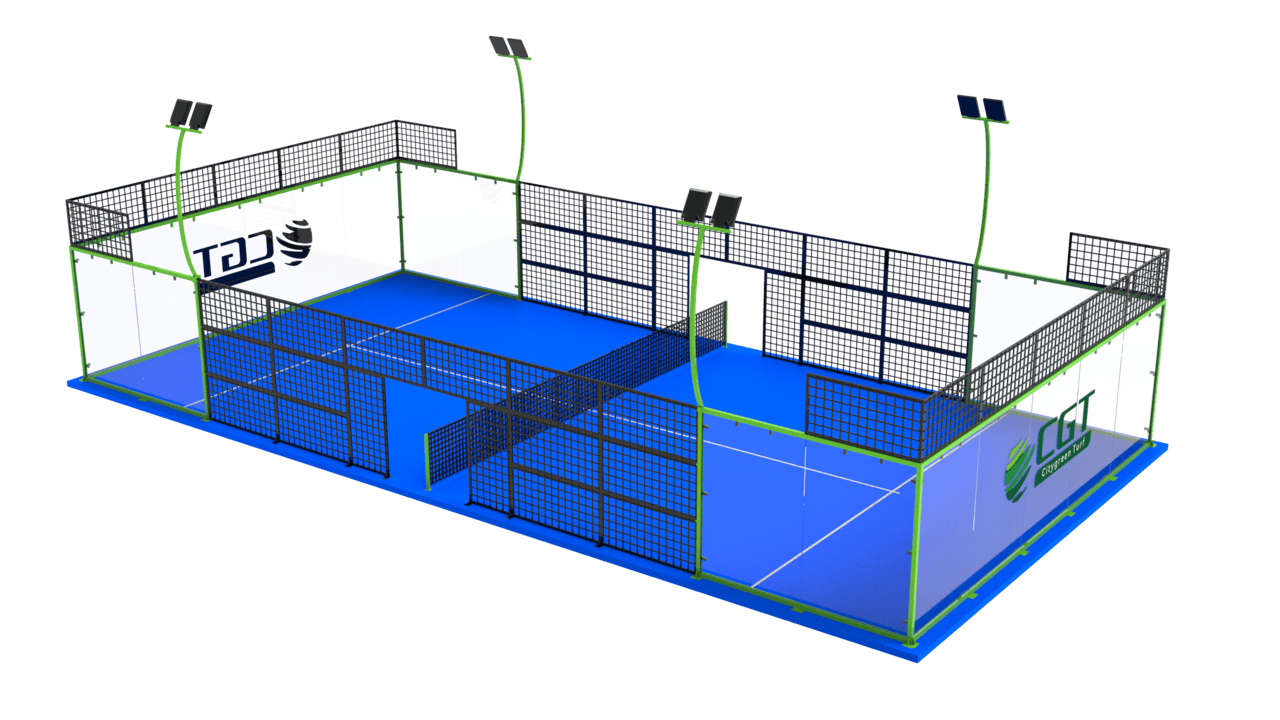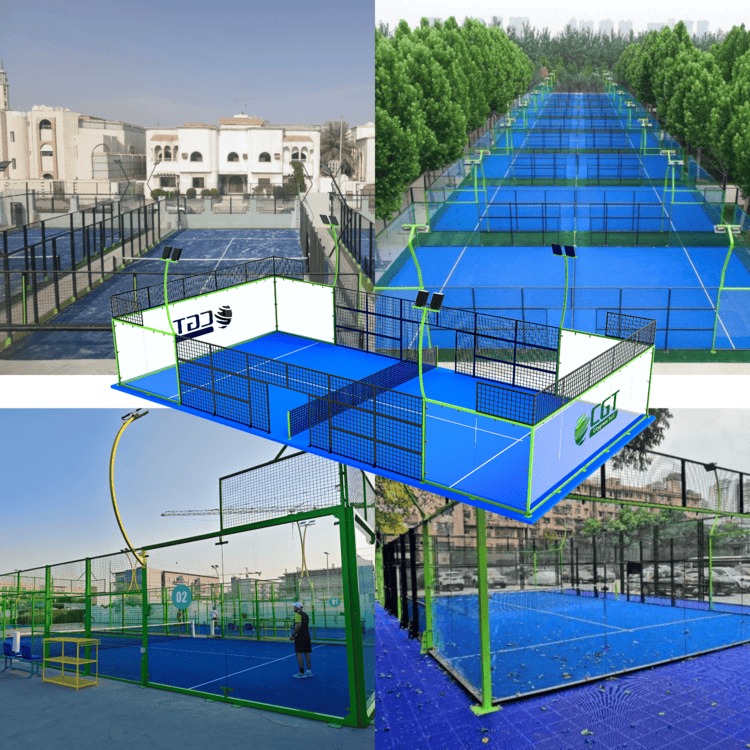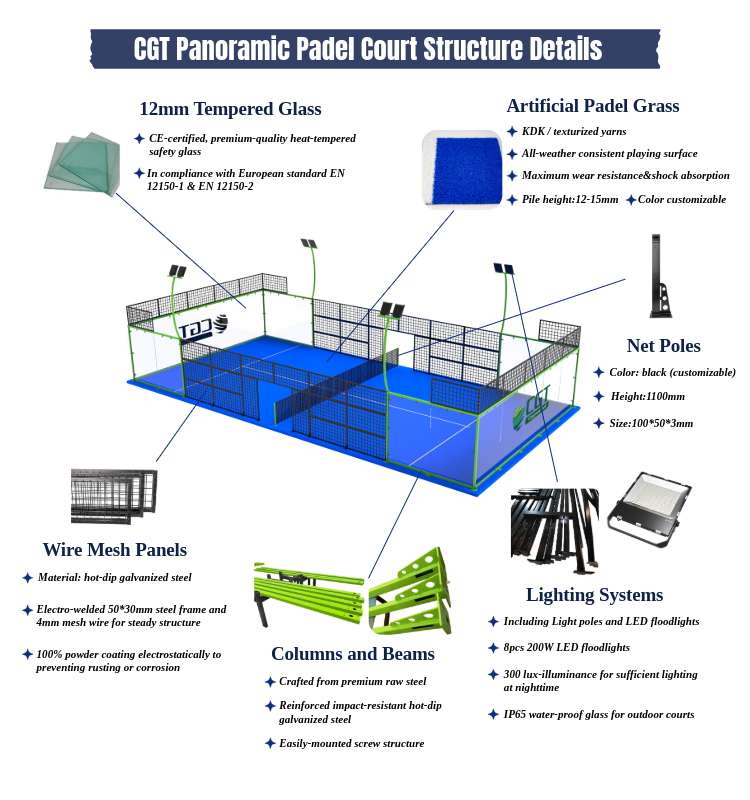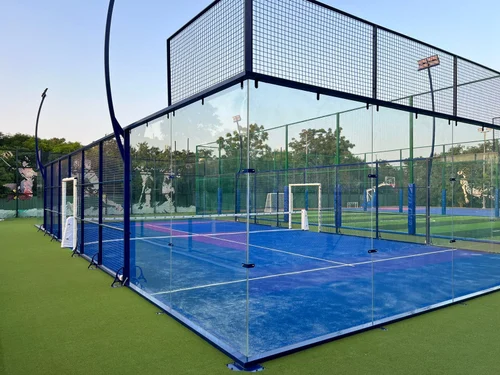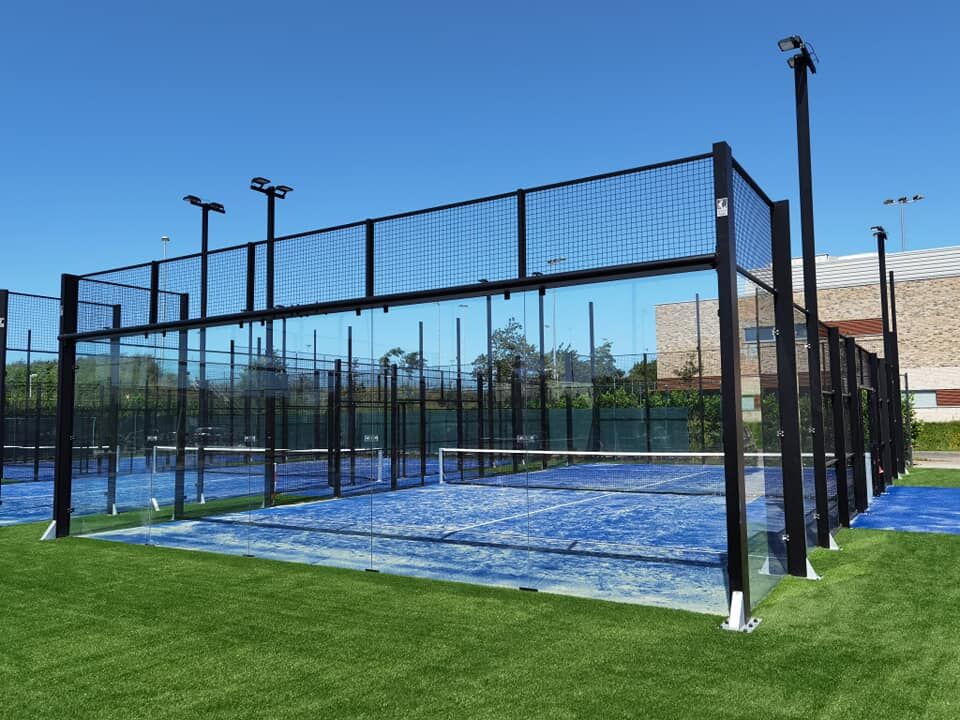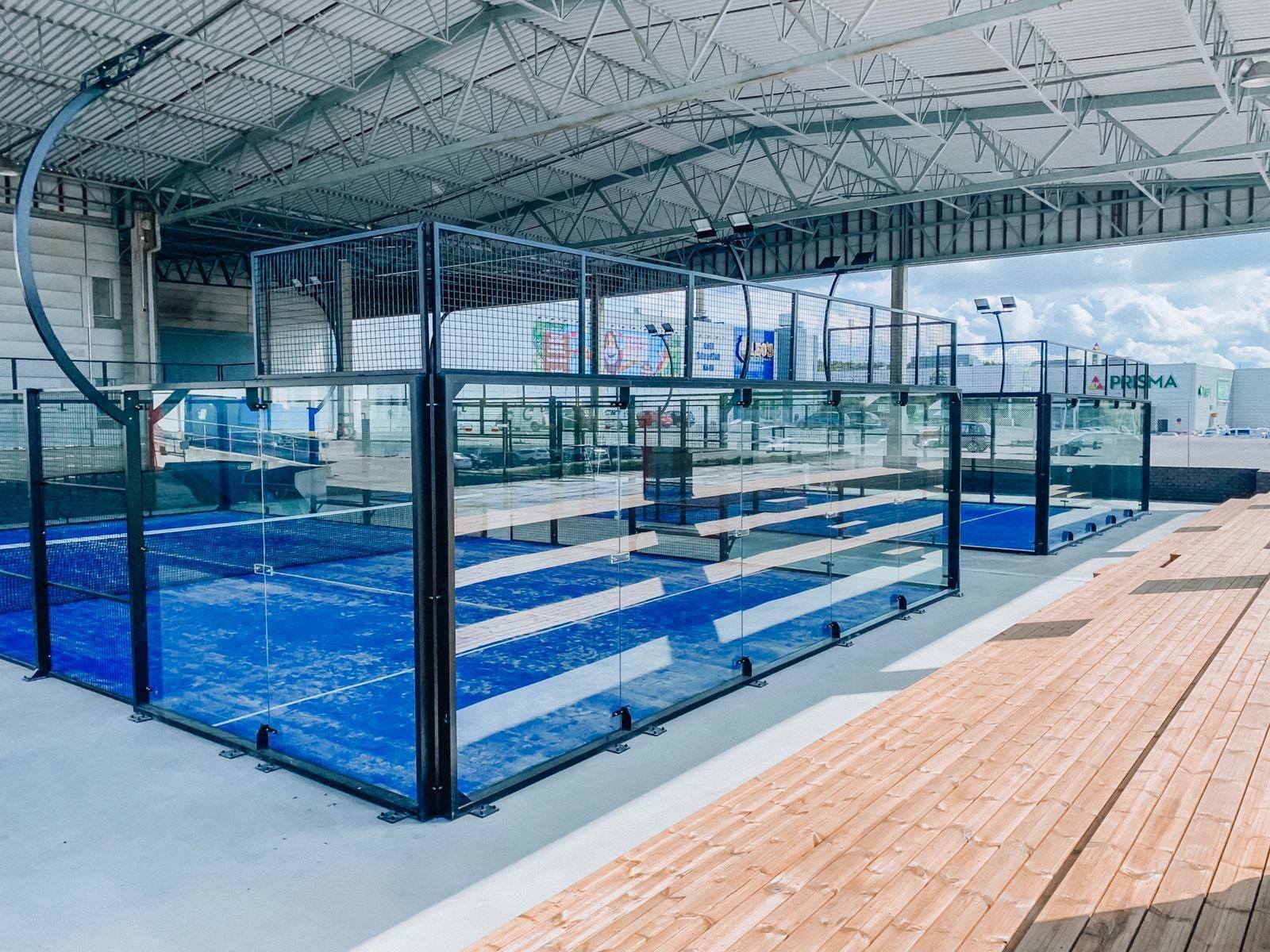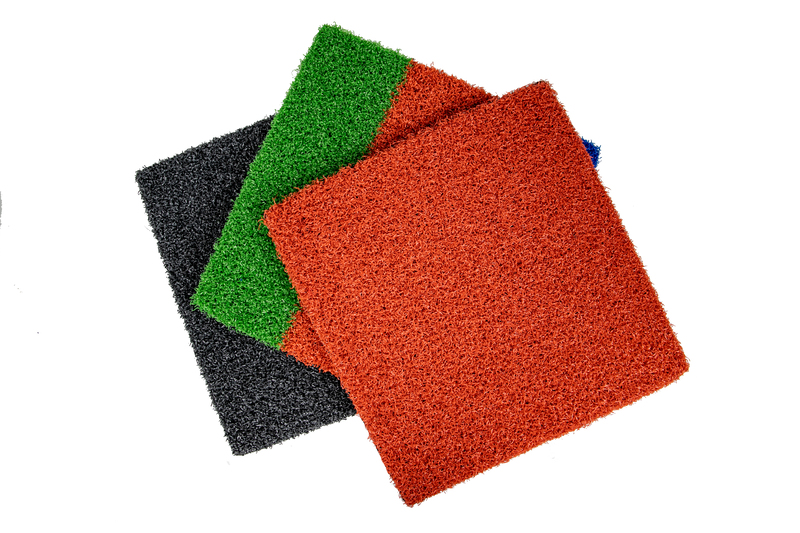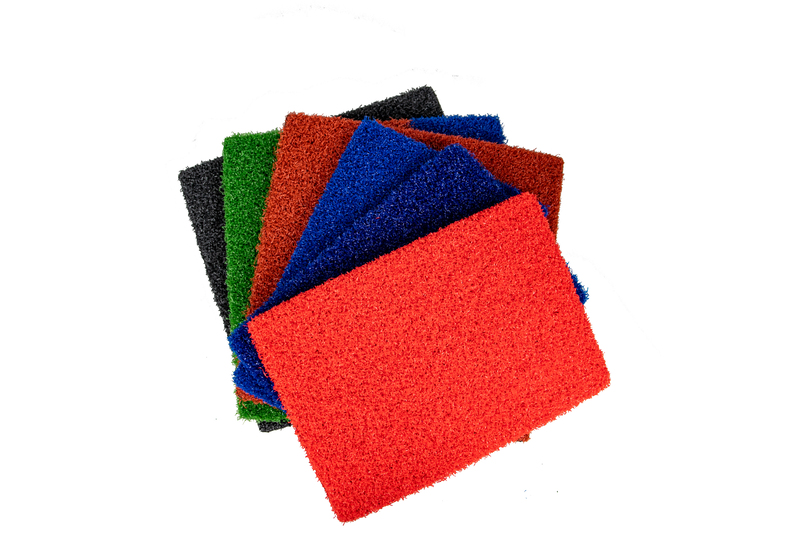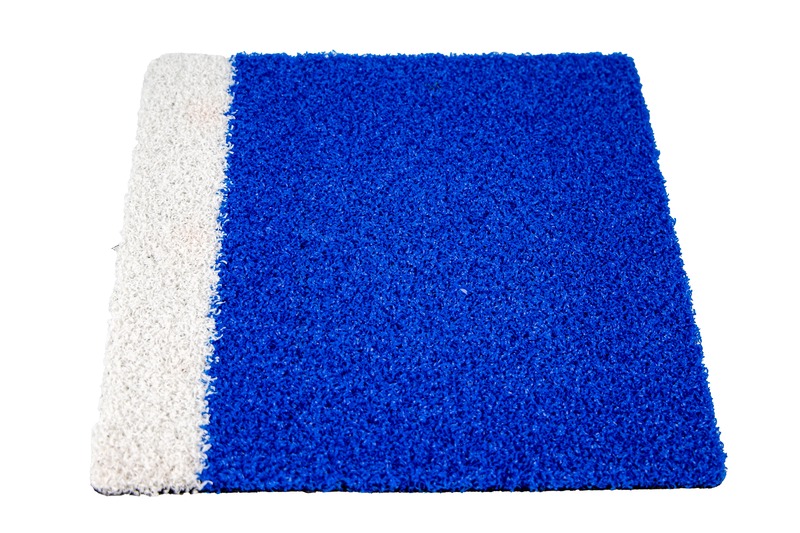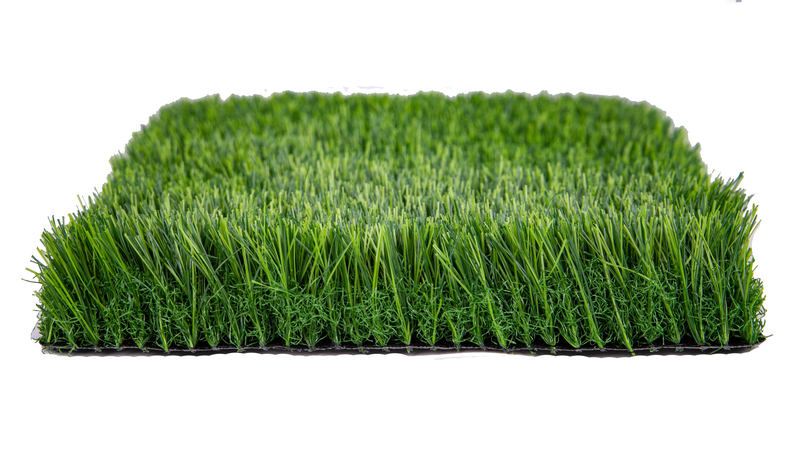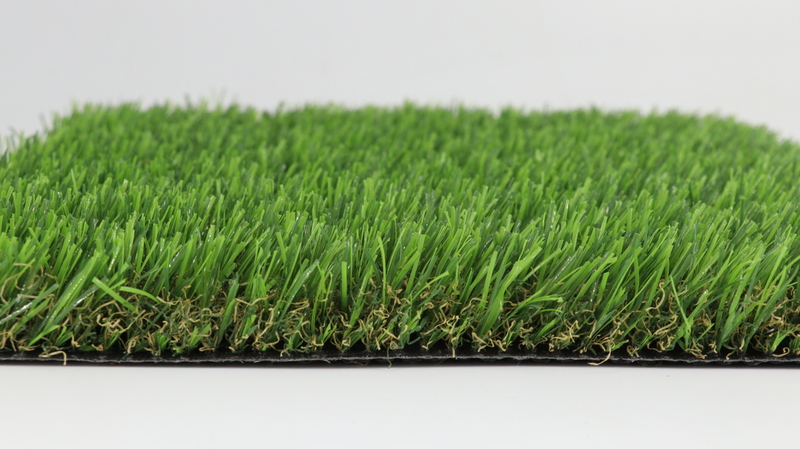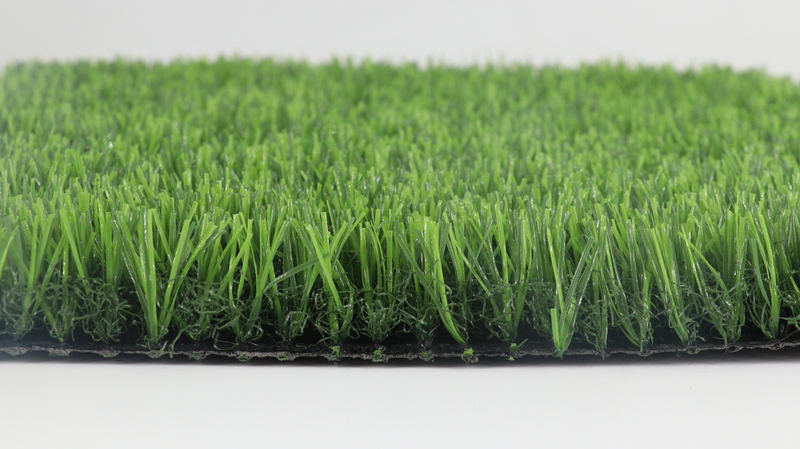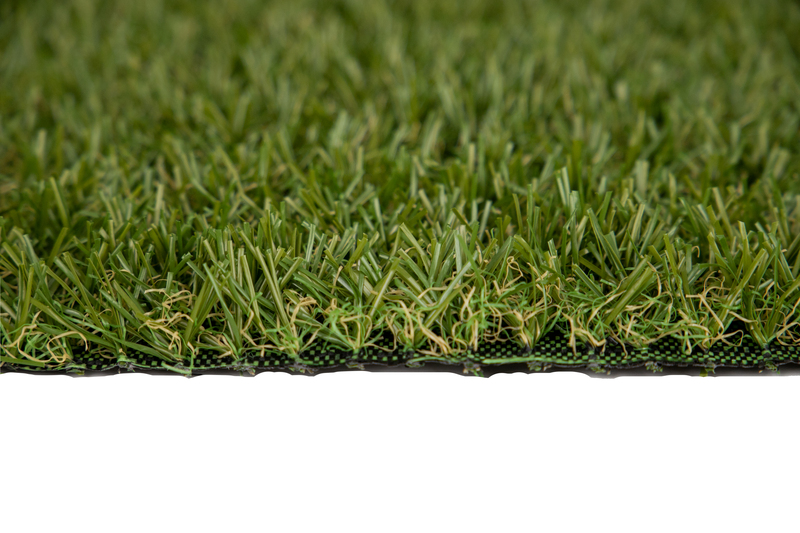Padel is one of the fastest-growing sports in the world—fun, social, and easy to learn. From Europe to the Middle East and now across the U.S. and Asia, more players are picking up padel rackets and looking for places to play. If you run a club, sports center, or indoor facility, now is the time to consider adding a padel court. This guide will help you understand what you need to get started and how to prepare your venue for this growing sport.
Padel Court Dimensions and Requirements Explained
Before building or converting space for a padel court, it’s important to understand the basic court layout and setup needs.
- Standard Size
A full-size padel court is 20 meters long and 10 meters wide (about 66 feet by 33 feet). The playing area is rectangular and divided in half by a net, similar to tennis.
Padel courts are designed for doubles play, although smaller courts for singles are sometimes used.
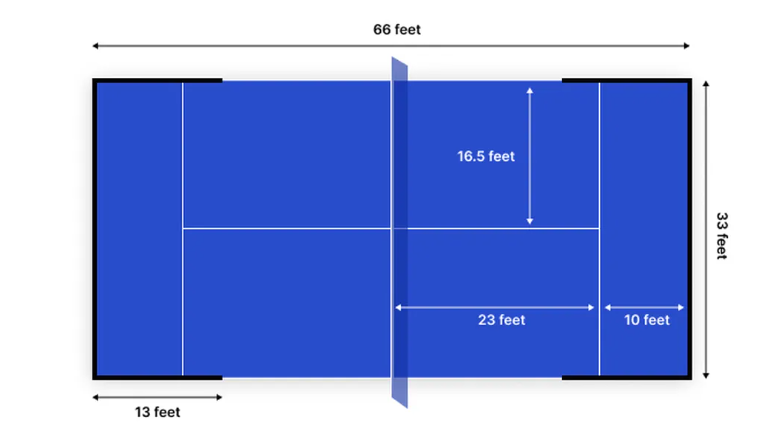
- Walls Are Part of the Game
1) One key difference from tennis is that padel uses glass and mesh walls around the court. Players can hit the ball off the walls during play, which makes rallies longer and more exciting.
2) The back wall is usually 3 meters (9.8 feet) high
3) The side walls slope from 3 meters to 2 meters (6.6 feet) near the net
4) Some courts use enclosures up to 4 meters for added safety
Panoramic Padel Court 3D Illustration
- Net Height
The net in padel is slightly higher than in tennis:
0.88 meters (34.6 inches) in the center
0.92 meters (36.2 inches) at the posts
- Indoor Courts
If you’re planning an indoor padel court, ceiling height is important. A minimum of 6 meters (19.7 feet) is recommended so players can hit high lobs without obstruction. Good lighting is also essential for safe play.
How to Prepare Your Venue
CGT Global Padel Court Projects
- Space Check
First, confirm if your facility has enough open space to fit a 20x10 meter court, plus room for safe walkways or seating. Padel courts take up less space than tennis, making them ideal for clubs with limited room.
- Surface and Drainage
The base needs to be flat and stable—usually concrete or asphalt—before adding turf or synthetic surface layers. Outdoor courts should include proper drainage systems to avoid water buildup.
- Choose Quality Materials
Glass walls should be made of tempered safety glass, and fencing should be sturdy but see-through (usually powder-coated steel mesh). The surface should be shock-absorbent for player comfort and safety.
- Consider Player Experience
Don’t forget small extras that make a big difference—benches, signage, access gates, or even LED lighting if you want to offer night play.
Ready to Build? Start with These Steps
If you're considering adding a padel court to your venue, here are the key steps to get started:
✅ Measure and assess available space
✅ Check ceiling height (for indoor installations)
✅ Choose a certified padel court supplier or experienced builder
✅ Plan for proper lighting, fencing, and safety features
✅ Think about future use: leagues, rentals, or local events
CGT Panoramic Padel Court System—All necessary accessories
At CGT, we specialize in panoramic padel court systems and provide complete one-stop solutions — from pre-sale consultation and layout drawings to accessory supply, installation guidance, and after-sales support. With international project experience, we help sports venues confidently bring padel into their facilities with ease and reliability.
Conclusion
Padel is more than a trend — it’s a global movement, and demand for high-quality courts is rising fast. Whether you're building from the ground up or converting existing space, preparing your venue now will put you ahead of the curve. CGT is ready to support your journey, offering panoramic padel court systems and full-service support from concept to completion.

